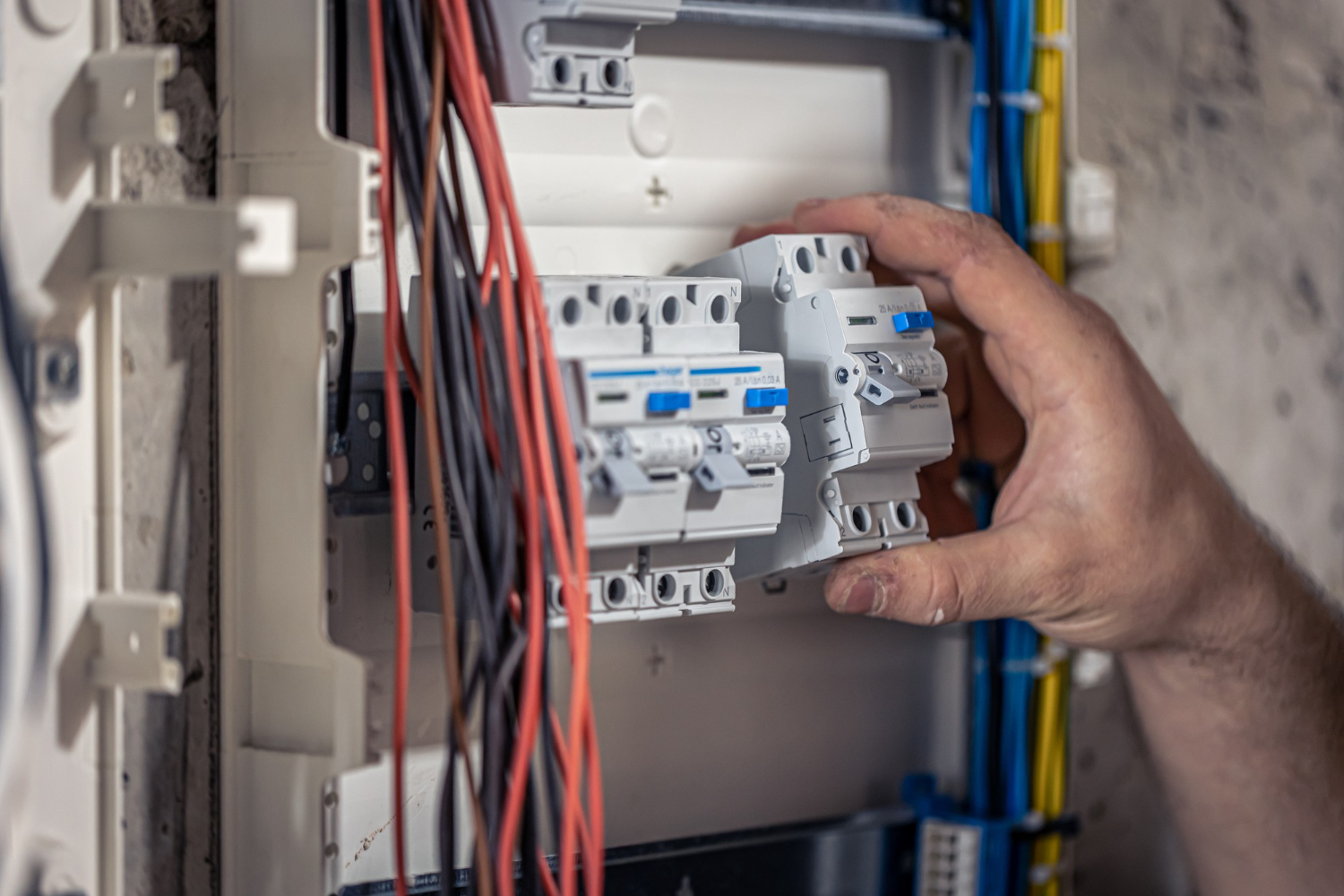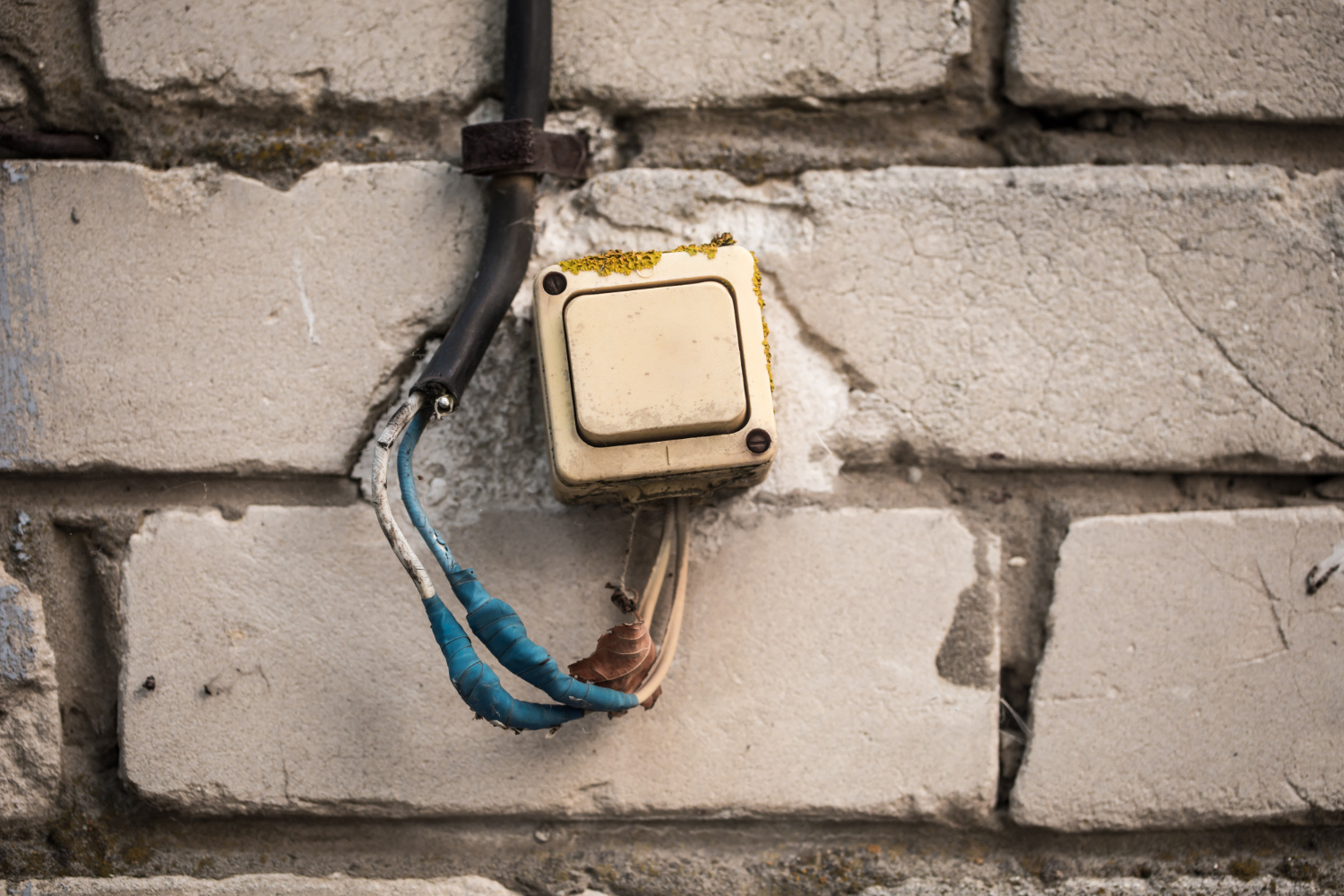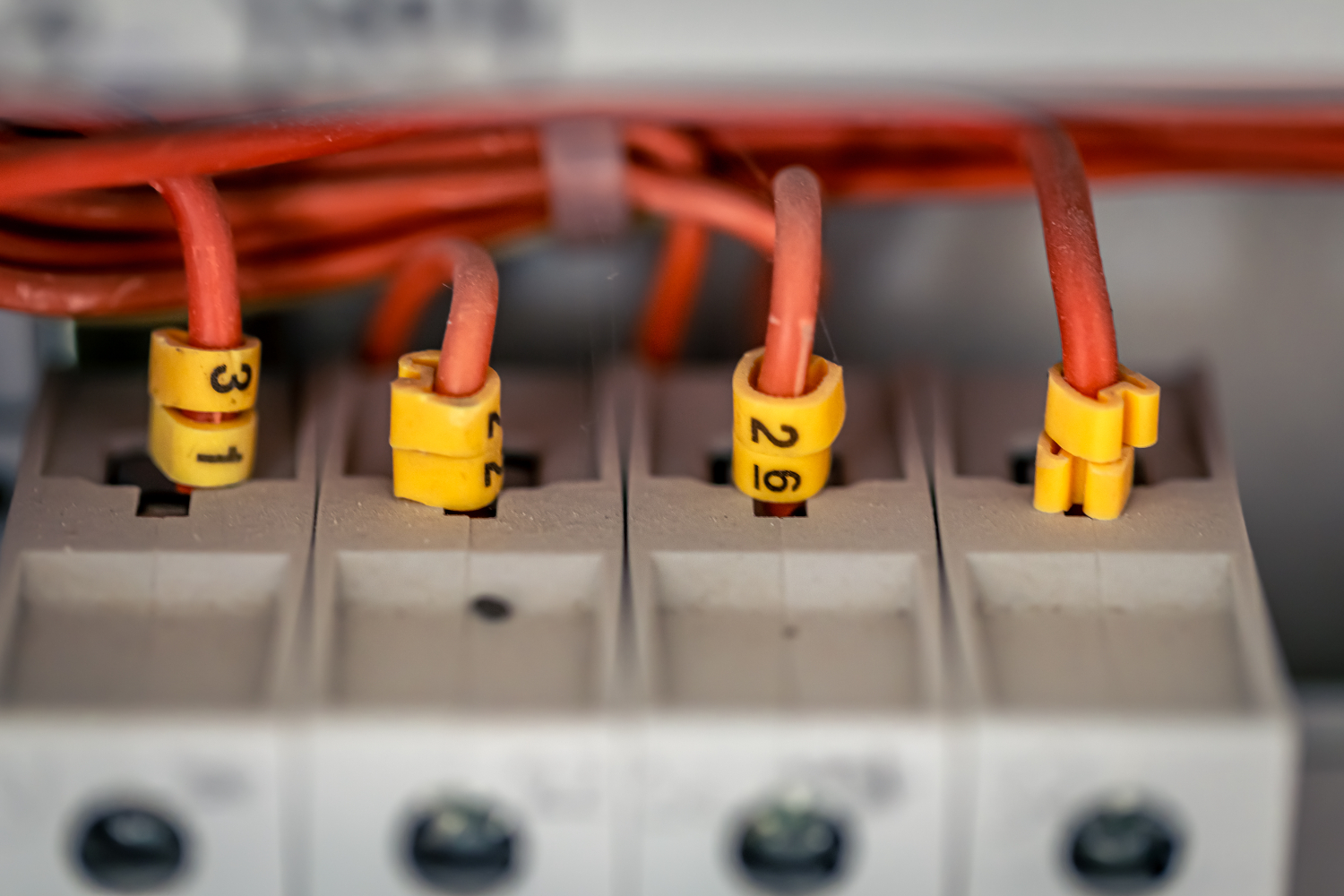A circuit breaker is a type of electrical switch used to guard against short circuits, overloads, and over currents that could harm an electrical circuit. Its primary purpose is to halt current flow when protective relays identify a defect.
Although residential and industrial circuit breakers perform the same task, the difference between them is the amount of electricity they handle varies substantially. Residential circuit breakers are widely used today, as they prevent electrical faults from damaging the electrical infrastructure in the household.
Different types of circuit breakers
There are mainly five breakers for residential purposes that can be used to fix electrical problems.
- Single-pole circuit breakers
- Double-pole circuit breakers
- GFCI breakers
- AFCI breakers
- Dual-function breakers
Industrial break circuits are more complex and essential when working in industries that require high voltage, normally between 1 and 72kV. There are several types of industrial circuit breakers:
- High-voltage industrial circuit breakers
- Industrial SF6 high-voltage circuit breakers
- Low-voltage industrial circuit breakers
- Magnetic industrial circuit breakers
- Medium-voltage industrial circuit breakers
- Thermal magnetic industrial circuit breaker
Industrial circuit breakers
Industrial circuit breakers can handle a substantially higher electrical current. They are part of all major industrial building’s electrical systems in factories, warehouses, and other industrial settings.
Industrial circuit breakers, a component of the overall electrical safety system, are used to shut off the electrical circuit when there is an overload. They are self-operating switches that guard against damage or probable fire to the electrical circuit.
Industrial circuit breakers serve as a fail-safe to stop electrical shortages and failures, ensuring that electrical operations go without a hitch.
Residential circuit breaker
The primary circuit breaker in your home regulates how much electricity is sent to each room. The main circuit breaker controls the amount of electricity transmitted to each room in your house. When an electrical current reaches a certain threshold, a circuit breaker’s ratings kick in and stop the flow of electricity, preventing house fires from occurring. Previously fuses were used, but they are susceptible to melting the metal and wire around them, resulting in them having to be replaced after each interruption of the electrical cycle.
A circuit breaker only needs to be reactivated to restart the electrical current. Additionally, when the circuit breaker “trips,” the electrical issue is less likely to be overlooked.
Residential circuit breakers are a considerably more environmentally friendly alternative to fuses and have increased the safety of residential electrical systems.
Difference between residential circuit breakers and industrial circuit breaker
Industrial circuit breakers are larger than residential ones and can handle higher voltages. Electrical distribution would not be possible if a large electrical system did not have industrial circuit breakers. Both residential and industrial circuit breakers should be handled with care, as mistakes could be fatal.
Visit ESD LLC to find out more about industrial and residential circuit breakers.
Understanding the difference between residential and industrial circuit breakers is crucial, and ESD LLS is here to assist you with your questions and queries.
ESD LLC sells high-quality industrial and residential circuit breakers from manufacturers such as Cutler Hammer, Eaton, General Electric, Siemens, and Square-D. Please get in touch with us at sales@esdsales.com for a quotation.



